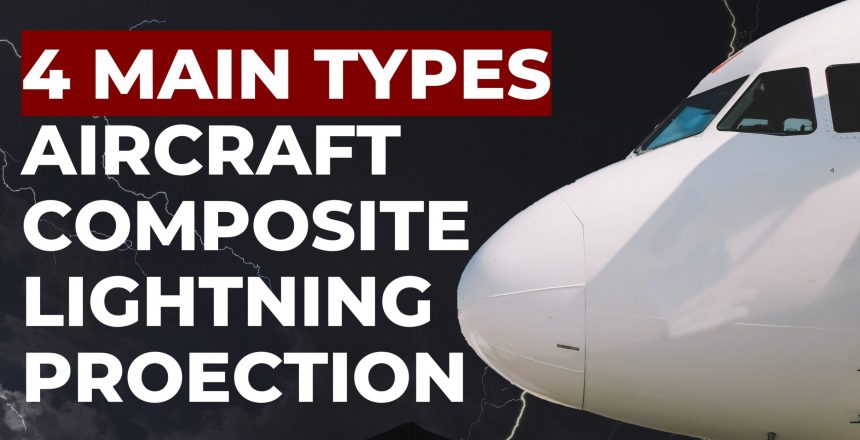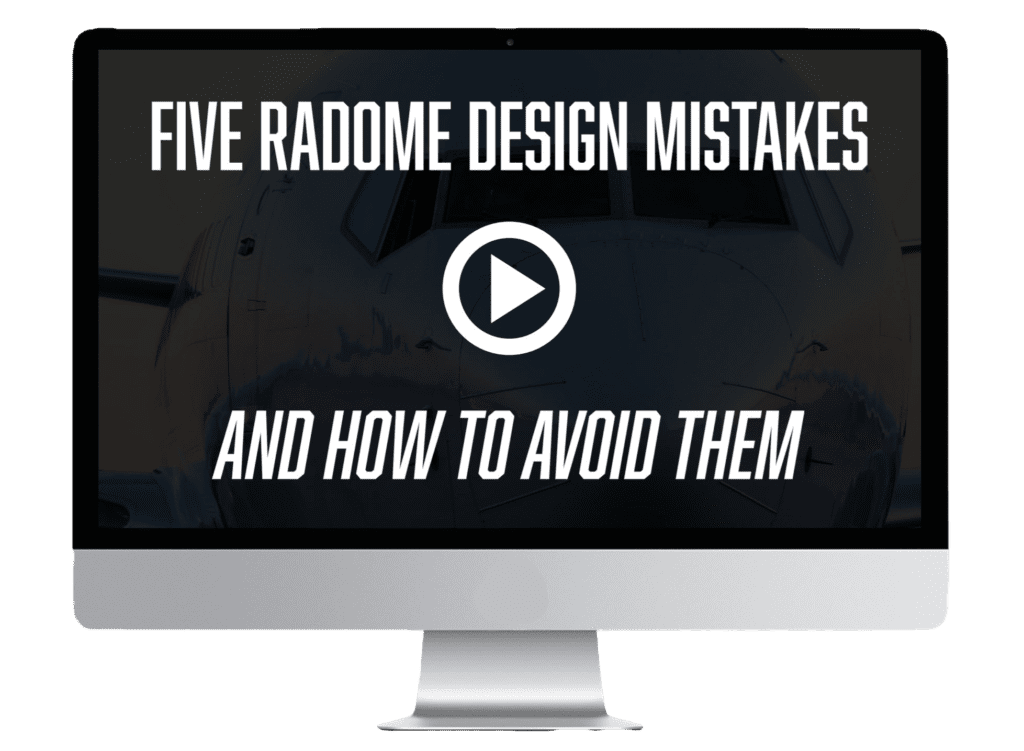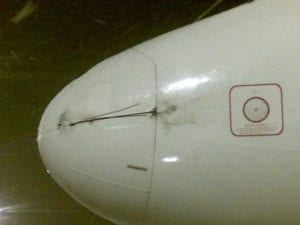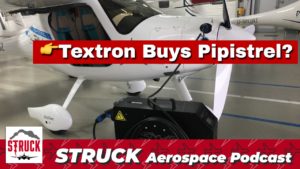There are a handful of different solutions in composite aircraft lightning protection that have been in use for quite some time. These include expanded metal foils, interwoven wire, conductive paints and coatings, and plated fiber. In this article and video tutorial, learn about these four composite aircraft lightning protection options and which might be right for your application.
First: Watch Our Video Guide to Composite Aircraft Lightning Protection
Check out our video below by Allen Hall, a lightning protection expert with 20+ years of experience in aerospace engineering. An electrical engineer and FAA DER in EMI, HIRF and lightning protection, Mr. Hall has seen and used pretty much every type of protection on the market to fit different project needs.
Video Transcript: 4 Key Types of Composite Aircraft Lightning Protection
So, what do we do for composite structures on an aircraft and on wind turbines to protect them from lightning strikes?
There are four main lightning protection devices to protect composite structures from lightning damage:
- Expanded metal foils
- Interwoven wire
- Conductive paints and coatings
- Plated carbon fiber
To be clear, when we talk about composite structures what we mean most often is carbon fiber, though fiberglass and Kevlar are occasionally still used.
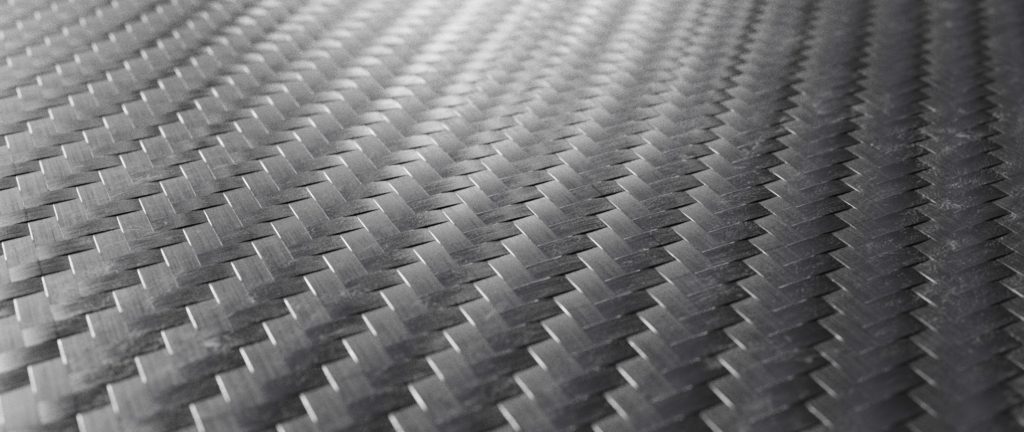
Carbon fiber has proven itself to be an incredibly light and strong material, making fiberglass far less desirable from a weight-to-strength ratio perspective.
Composite Aircraft Lightning Protection Solution #1: Expanded Metal Foils
Expanded metal foils are sliced and stretched into a diamond or other pattern, and in aircraft applications are typically somewhere between 2-10 mils thick. Expanded metal is used in many other industries and applications, including for walking surfaces where both drainage and grip are needed.
The expanded shaped allows them to stretch and contour to fit over complex surfaces.
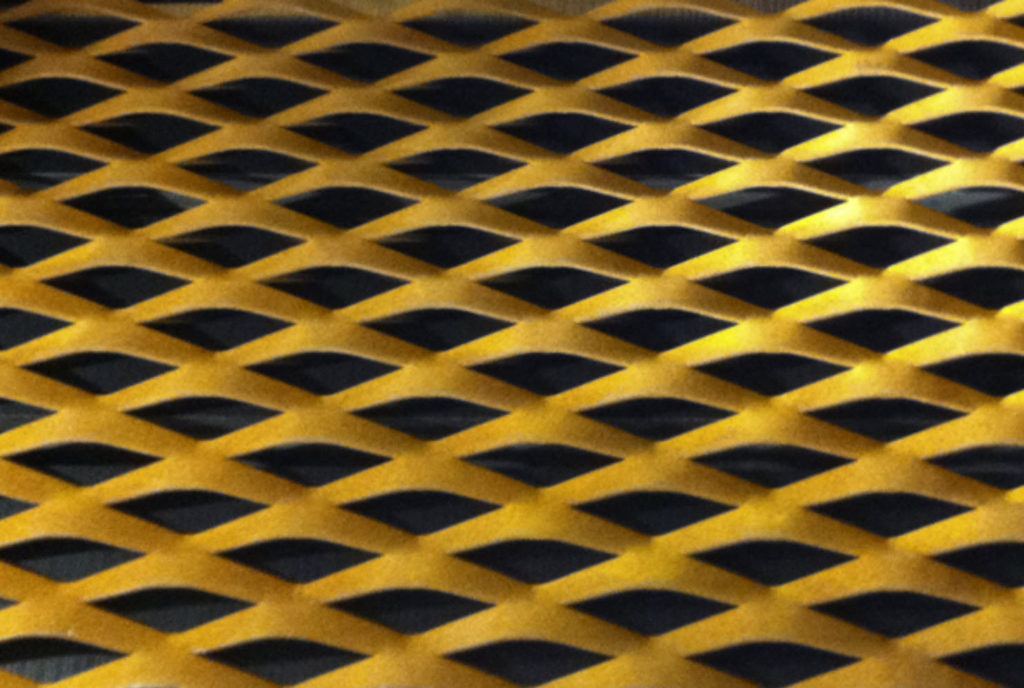
Types of Metals Commonly Used
Expanded metal foils are stretched over top composite aircraft parts and are then bonded in place using adhesives. Commonly used metals are:
- Copper
- Aluminum
- Phosphor bronze
- Other metals depending on needs
The foils themselves are very effective, but a thin layer of paint over the top is ideal. “Thin” is the key here: 5-10 mils of paint is ideal, as thicker paint will reduce the performance of the foil beneath. Companies like Niles Expanded Metals and Dexmet provide these foils to the aerospace industry.
Composite Aircraft Lightning Protection Solution #2: Interwoven Wire
The second most common type of composite aircraft lightning protection is interwoven wire fabric (IWWF).
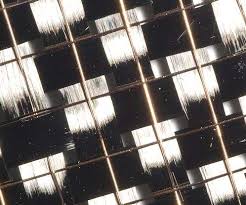
Carbon fiber fabric manufacturers interweave wire into carbon fiber ply (sometimes also in fiberglass). Typically four mil diameter wires are used. The benefit of this process is that it adds very little weight because, unlike expanded metal foil, adhesive is not necessary to bond the wires to the carbon fiber.
Interwoven wire fabric is commonly made of aluminum or phospor bronze, and both are very effective in lightning protection. This solution works best when the coatings and paint applied on top are 5-10 mils in thickness. As with expanded metal foil, a thicker layer of paint is not good for an interwoven wire application.
How Interwoven Wire Works
Lightning current is conducted into a piece of carbon fiber or fiberglass, which causes the thin metal wires to expand and basically explode out of the surface, thus creating a wider area for lightning to be attracted to and/or to allow the current to be conducted away.
Like the other methods discussed in this article, this thereby reduces the energy density of the lightning flowing onto the composite structure. And of course, less energy density means less damage.
Composite Aircraft Lightning Protection Solution #3: Conductive Paints & Films
Conductive paints have been around for a long time, starting with copper paint many years ago. Because copper is very heavy, more recently, silver paint has taken on a larger share of the market.
Silver-loaded paints and silver-loaded films–which are very, very conductive–have been used with excellent results in many applications. We’ve been impressed with the performance advances in these paints and coatings.
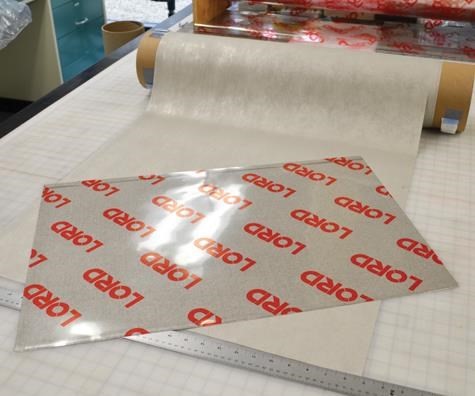
LORD makes a number of effective conductive coatings and films that are used for lightning protection on many different types of aircraft.
One of the premier offerings in this sector are the UltraConductive films and UltraConductive paints by LORD corporation, which was recently acquired by Parker Aerospace.
Though conductive paints and coatings are effective and do provide a reasonable level of lightning protection for composite structures, they should be considered an extra layer of protection, not the only layer.
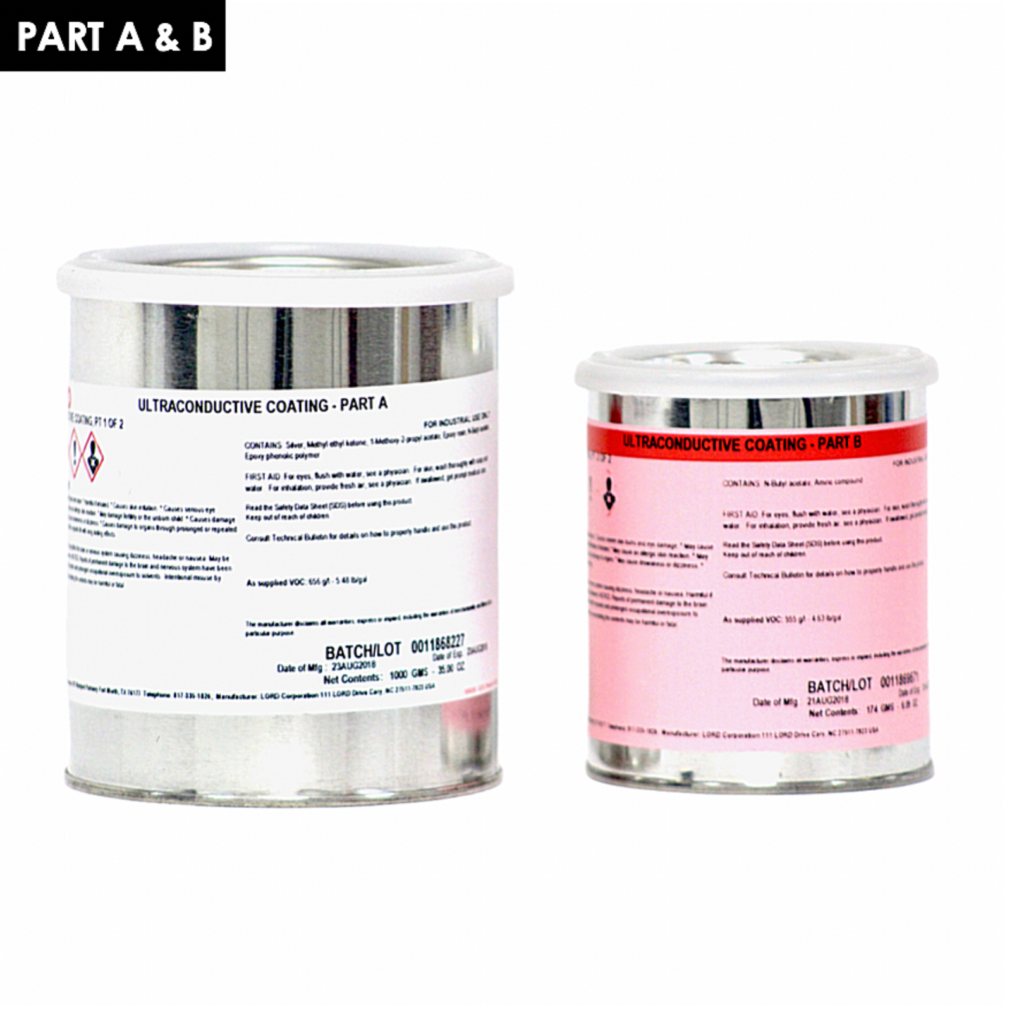
Composite Aircraft Lightning Protection Solution #4: Plated Fiber
One of the oldest technologies in composite aircraft lightning protection is plated fiber. Companies like SAT Plating have methods to plate what might otherwise be considered unplatable.
Nickel plating can be applied to carbon fiber or fiberglass. The fiberglass version, called Thorstrand, can occasionally be found in older papers discussing lightning protection. Today, nickel-plated carbon fiber is also used.
Plated fiber provides lightning protection by essentially adds conductivity to carbon fiber, which is mildly resistive. This gives lightning a conductive path to follow. The nickel coating tends to vaporize when struck by lightning, as the energy is significant for such a thin coating.
Yet, this is what engineers want – for the lightning energy to be spread more thinly across a structure to prevent punctures. Because of the coating, the energy density is lowered.
Though plated fiber isn’t as heavily used today, it’s important to be aware of it as it is still seen occasionally on select applications.
Further Considerations: Paint Application & Damage Repair
A major concern when dealing with composite structures is how easily they can be repaired if damaged (or if they can be repaired at all). Another concern is painting and stripping paint (in the case of a repair).
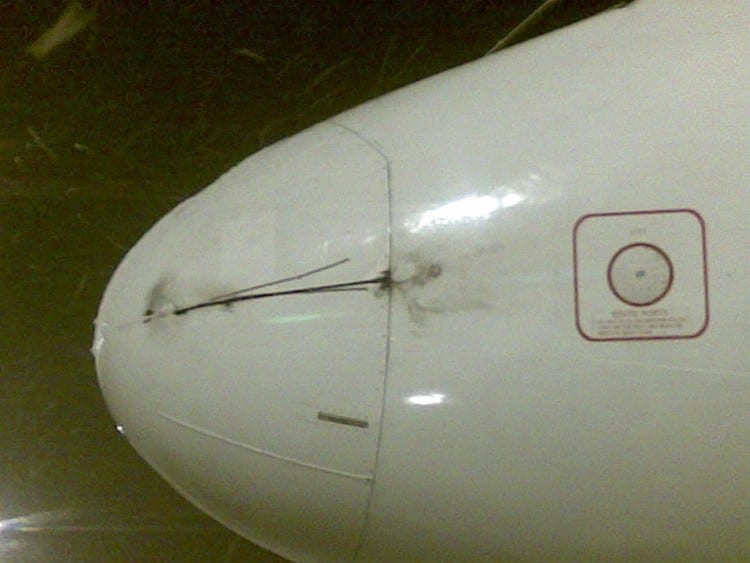
On an aluminum airplane, if you’re going to strip the airplane and repaint it, it’s a relatively straightforward process; chemical strippers or abrasives can be used to remove the paint from an aluminum airplane skin.
But on a piece of carbon fiber or a piece of fiberglass with very thin metal foils or coatings, technicians have to be careful because abrasion can damage these thin, delicate pieces of protection. Solvents and abrasives will easily damage expanded metal foils, carbon fiber with interwoven wires, and will remove conductive coatings.
Need More Composite Lightning Protection Advice?
Reach out to us! We love helping fellow engineers and are happy to discuss your project with you.
At Weather Guard, we both provide consulting and supply radome designers with our world-class, ultra-durable StrikeTape lightning diverter strips.
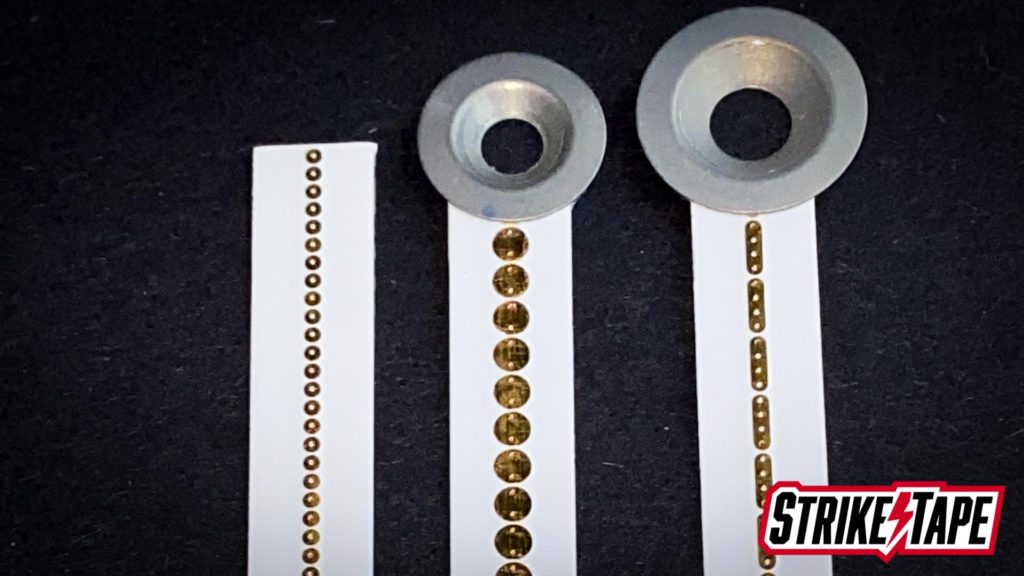
Our diverters are built tough and will fit any radome design. We’ll show you how
Composite Lightning Protection FAQ
How do expanded metal foils protect carbon fiber?
Expanded metal foils serve to spread out lightning strike energy, thus helping to protect the structure beneath by creating less energy density in the exact spot of the strike. Lightning strikes range from 20,000 to 200,000 amps, typically, so spreading out this tremendous heat and electrical current is critical. Foils can be made of copper and other common aerospace metals.
What types of conductive paints provide the best lightning protection?
Parker LORD Corporation makes excellent conductive paints and films, and the leading additive today is probably silver. Silver paints and films are very conductive and provide an additional layer of effective lightning protection to composite aircraft parts.
What is interwoven wire and how does it protect an aircraft?
Interwoven wire is a weight-saving technology in which small-diameter wires and weaved into carbon fiber itself. This eliminates the need for adhesive, which saves weight. Expanded metal foils, though effective, require adhesive systems to bond them to the aircraft structure. Interwoven wire is built into the carbon fiber fabric itself. When lightning strikes these parts with interwoven wire, the wires explode while distributing the lightning energy more evenly across the part.
What is plated carbon fiber?
Carbon fiber, because it is mildly resistive, can be plated with nickel. This thin coating helps spread out lightning energy across the composite part, providing reduced energy density when struck by lightning.

